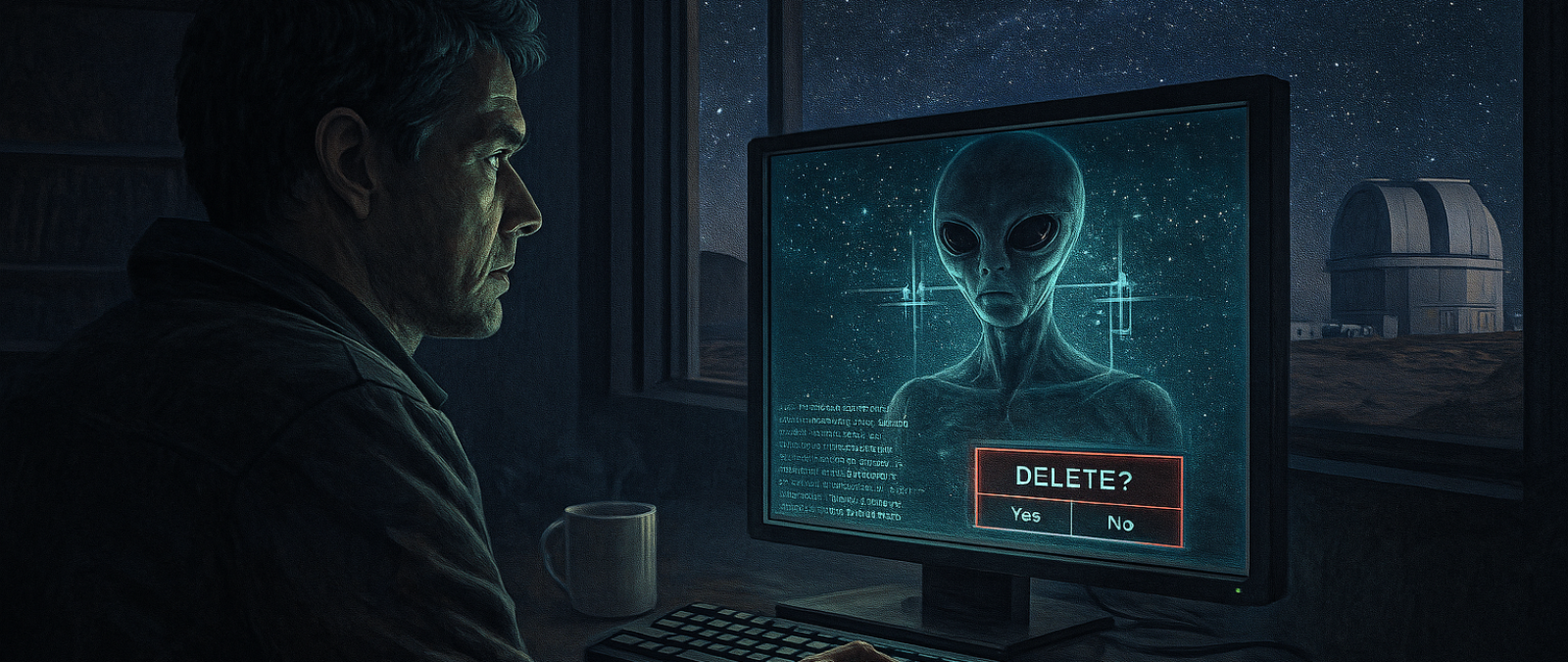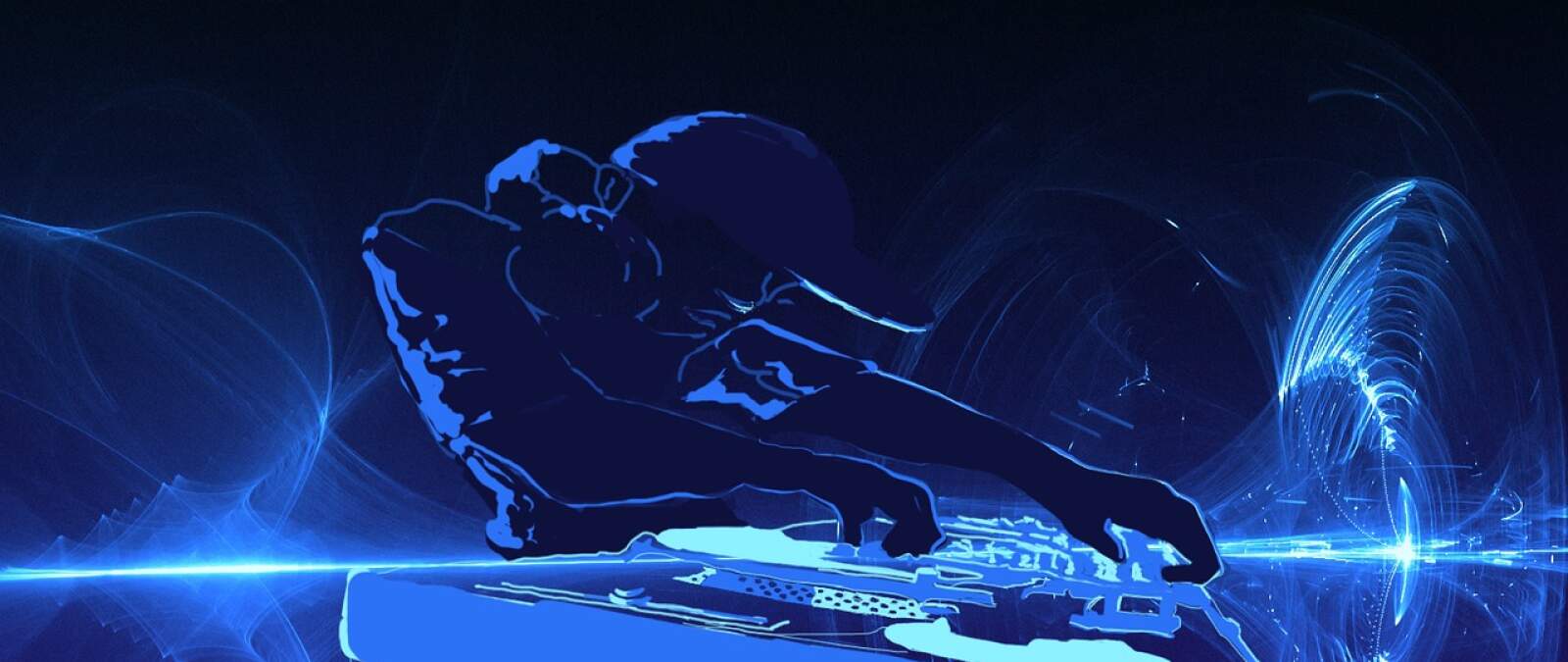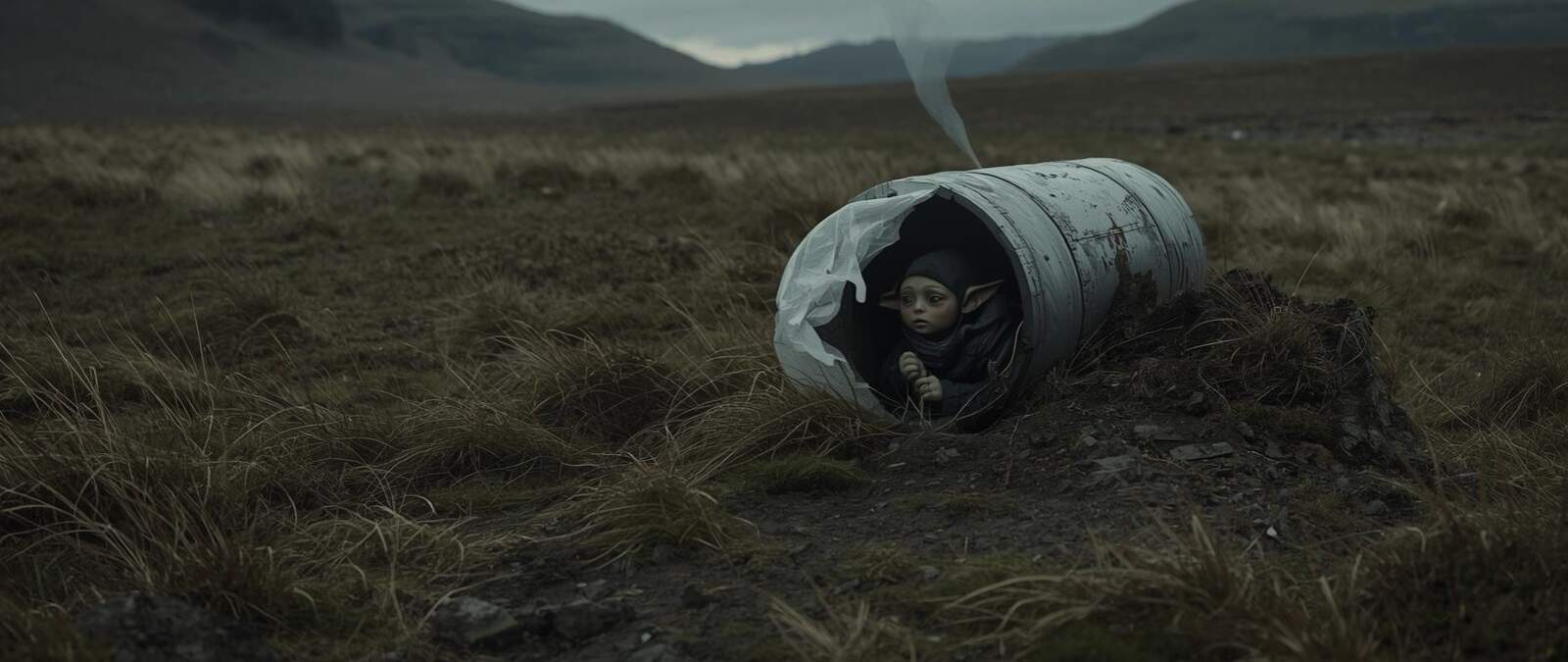
P. M. CHECK'S Late Night SHOW!!! Click!😄✌️

🪐🎧 SCX DJ ✨ PARTY of the Prophet in the Desert (Click and dance or feel the vibe!)✨ 🌵🐪

● SfaD #146: Contactee

🌟🎤 SCX DJ Soundtrack party (click!) 🎧💥🎶

What threat is most likely to wipe out humanity?

👉 INSPIRATION FOR EVERYDAY LIFE 👈

Hank Thorton and Simba Rocky: “When it seems impossible — that’s exactly when you can do it.”

*** SUPER MUSIC for THEM (click!) ***

“The Martian” – a science-based SfaD that entertains and expands your knowledge about Earth. Mind-blowing, worth reading. (click!)

LOVE INDEX (click!)

This web turned into and operate in ALIEN MODE. Keep in mind...

SCX songs for greatness of God🙏

SCX feat. Angel Jane (Songs for Angels)

Every day is a gift from God, every breath is a miracle, and you can turn any moment in your life into never-to-be-forgotten! 💖

NOVEL for adult readers: 🇸🇪 SWEDISH LOVE 💖 (in a loghouse by the lake) 🏡 Click!


*** SHORT STORIES FROM ANOTHER DIMENSION ***

*** FOR THEM ***

Artefact of Might
- four-part fantasy story that doesn't pretend to be anything more than what it really is.


